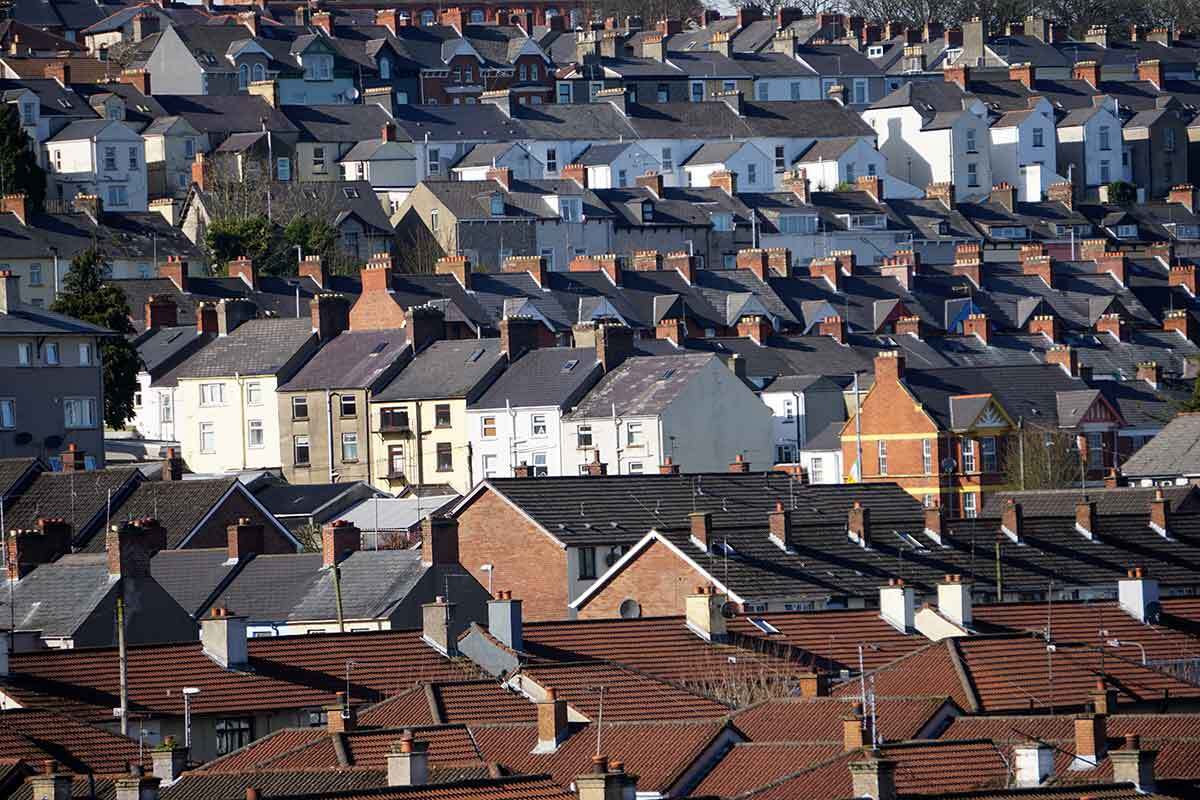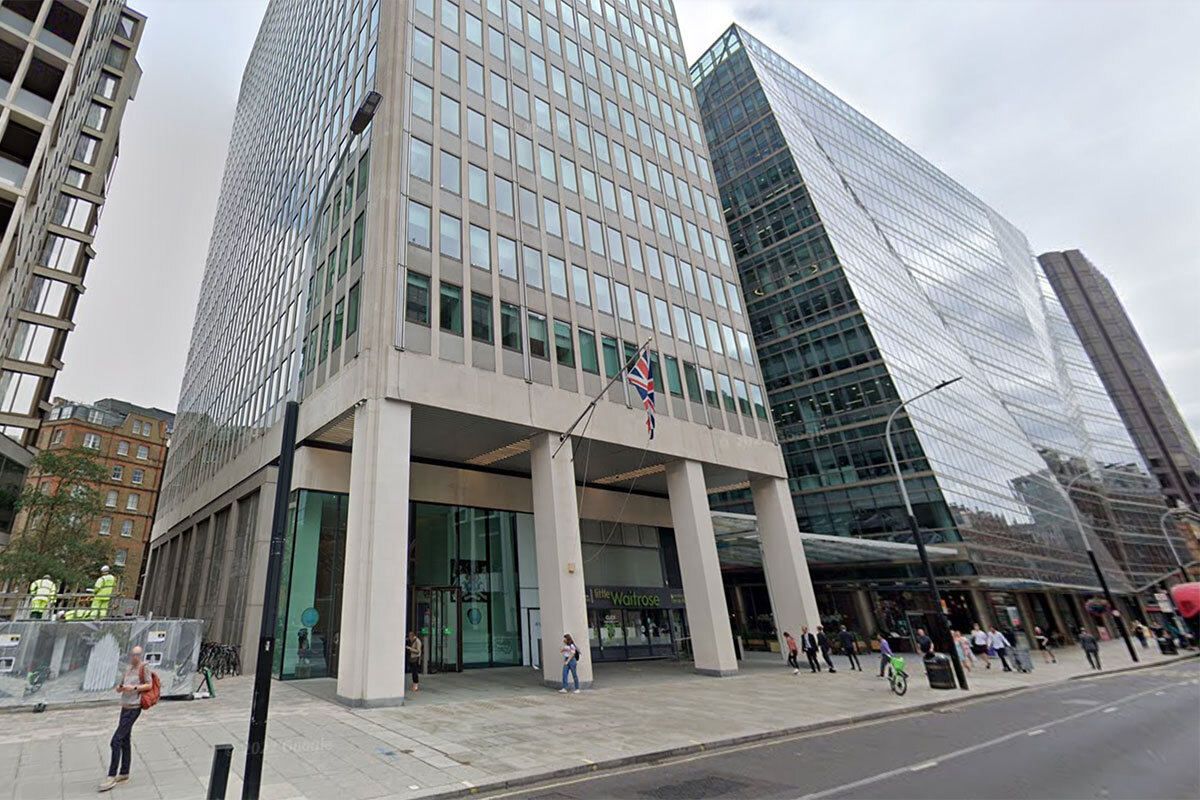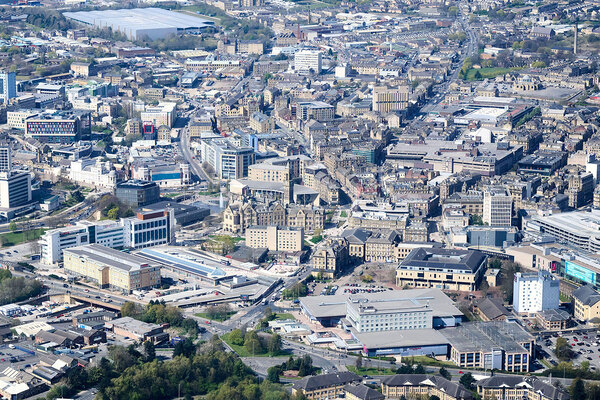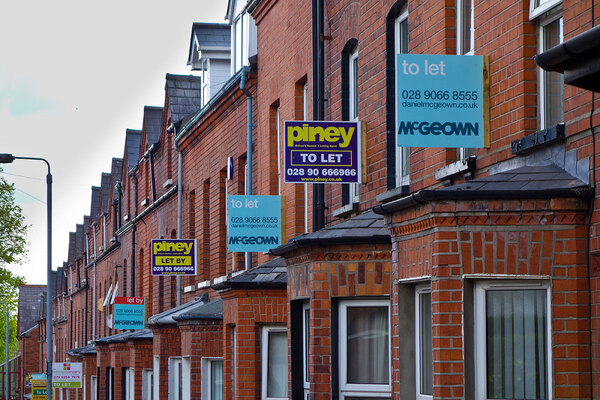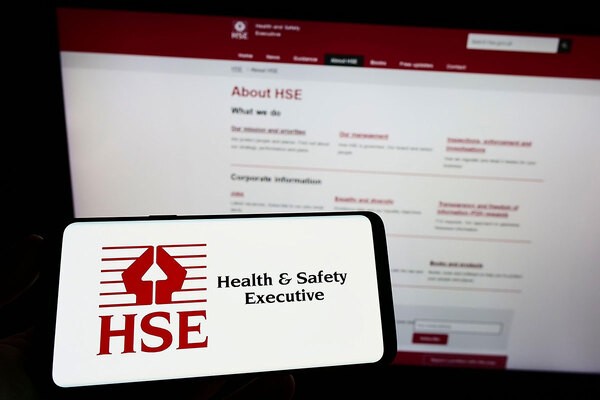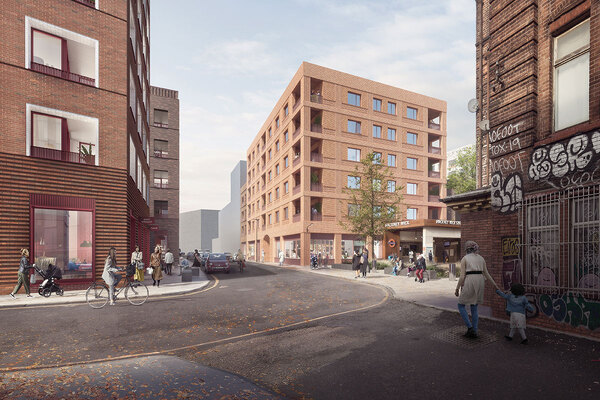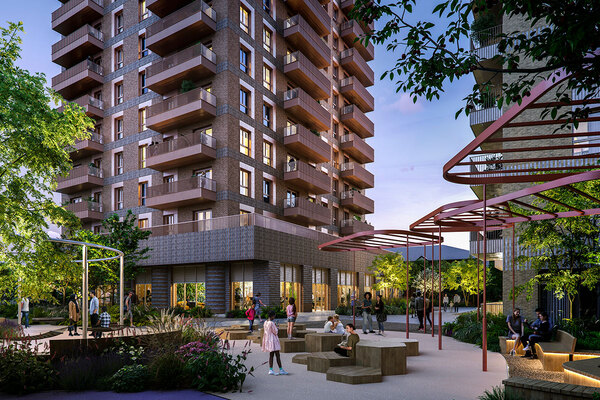The sector’s annual data returns 2021-22: five key takeaways
The English regulator has published its annual data return report for stock owned and managed by social landlords. Grainne Cuffe looks at five key takeaways
It is that time of year again. All social landlords have handed in their annual data returns to the Regulator of Social Housing (RSH) and it has crunched the numbers and published its annual report.
The data, which covers the 2021-22 financial year for housing associations and local authorities in England, includes details on rent costs, the number of social homes and the type of provider that owns them, stock condition, and evictions.
This year’s figures reveal that for-profit providers continue to expand, a reduction of nearly 10,000 in the number of social rent homes, evictions are still well below pre-pandemic levels, and supported housing rents increased by more than 3% in the North East of England.
Inside Housing highlights the key takeaways from the data.
The rise of for-profit providers
The number of for-profit housing providers in the sector has increased significantly over the past few years. In 2015, 25 were registered with the regulator – now there are 64.
As Inside Housing has previously reported, these landlords have big expansion plans.
According to the new data, for-profits still only own a small percentage of social housing stock: 0.7% of total stock, up from 0.5% in 2021.
But the report reveals a more than 50% increase in the social stock owned by for-profits.
The 64 providers across England reported having 20,831 social homes in 2021-22, compared with 13,671 in 2020-22.
The increase was predominantly driven by a 70% increase in general needs stock and 48% increase in low-cost homeownership – the vast majority of which are shared ownership.
The data showed that 60% of the social homes owned by for-profits are shared ownership and 38% are general needs low-cost rent, with 79% of the latter let at affordable rent.
Although still a small percentage of the sector, research by Savills estimated that for-profit providers are expected to own more than 141,000 affordable homes by 2027.
Stock condition
The condition of social housing has been under intense scrutiny over the past two years as a result of ITV News long-running investigation and activists such as Kwajo Tweneboa.
When it comes to meeting the Decent Homes Standard – which is currently under review to see whether it is demanding enough – the number of non-decent homes owned by private registered providers (PRPs) has been consistently low over the past decade and much lower than those owned by local authorities.
In 2020-21, 0.4% of PRP stock was non-decent compared with 8% of council stock.
In the past year, the percentage of PRP non-decent homes reduced to 0.3%. The council data for 2021-22 is not available yet for comparison.
PRPs reported 6,781 homes failing to meet the standard in 2021-22 – a 38% reduction compared to the year before.
The regulator said the drop is likely down to a single provider reporting just over 2,000 additional failures in 2021-22, which it has since reported as resolved.
The data shows that the number of homes owned by local authorities failing to meet the Decent Homes Standard took a significant dip in 2012, before stabilising in 2016.
In 2012, the percentage of council homes not meeting the standard was 16%. From there, it steadily decreased to 8% in 2016, where it stayed around the same level since.
The stabilisation aligns with the introduction of the four-year 1% social rent cut in 2016.
Rent
Always a thorny issue, social rent increases are likely to be highly controversial and contested in 2022-23, with the high rate of inflation and a proposed cap on rent increases.
However, given the low rate of inflation during the pandemic, the limit on rent increases for 2021-22 was set at 1.5%.
The data shows that the average weekly social rent for general needs increased by 1.6%, just slightly above the limit.
The average weekly social rent was £94.31. London and the South East had the highest weekly net rents on average, both over £100 per week. The North East had the lowest average weekly net rent of £78.89.
Rent for supported housing increased by 1.7% on average, though there was a significant variation by region.
The largest increase was seen in the North East: 3.3% or £2.72 per week. Yorkshire and the Humber saw a small decrease: -£0.05 or -0.1%.
The average weekly supported housing net rent in England in 2021-22 was £91.49.
London had the highest average weekly net rent of £108.29, which is nearly 30% higher than the average weekly rent in the East Midlands at £83.72.
The borough of Kingston Upon Thames in the capital had the highest average supported housing rent at £136.70, which was almost double the lowest in Broxtowe at £70.03.
Large PRPs own over three times the number of supported housing units owned by councils – 333,961 compared with 102,435.
Elsewhere, the average affordable rent increased by 2.6% in 2021-22.
The East of England saw the greatest percentage increase of 3.8%, or on average £5.25 more per week.
Stock
Lack of social housing has been a persistent problem for years amid the housing crisis.
Council stock has been significantly depleted since the introduction of Right to Buy in 1980.
Each year over the past decade, councils reported a net loss in the number of social homes they own, while PRPs have reported a net gain. Many council-owned homes have also been handed over to housing associations through large stock transfers.
There are currently 4.4 million social homes in England, 2.8 million of which are owned by PRPs and 1.6 million by local authorities.
The data showed that the past year saw a small increase of 0.7% in the overall number, but there was also a large drop of nearly 10,000 social rent homes, most of which were owned by councils.
This overall increase was driven by a 23,349 increase in affordable rent homes and a 18,168 increase in low-cost homeownership properties.
Concerning the profile of stock, 78% of PRP homes are general needs, compared with 93% of council-owned stock.
Of the remaining council stock, only 0.4% of council stock is low-cost homeownership, while the rest is affordable rent supported housing.
Around 8% of PRP homes are shared ownership, while the rest are either general needs or supported housing at affordable rent.
In the sector overall, stock is 83% general needs, 12% supported housing and 5% low-cost homeownership.
Evictions
There have been stark warnings about rising eviction rates in the wake of the pandemic and amid the cost of living crisis.
Evictions were banned during the pandemic, but have been increasing since the ban was lifted in June 2021.
The number of eviction proceedings during the quarter to June 2021 stood at 6,997 – more than double the figure in the same quarter the previous year.
The number of evictions rose from zero to 1,582.
The latest statistics, which cover the quarter up to June 2022, show a 160% increase in eviction proceedings to 18,201.
Eviction rose by 210% from to 4,900.
Housing charity Shelter has called on the government to unfreeze housing benefits “before more families are evicted and pushed into homelessness”.
The data published by the RSH show that evictions in the social housing sector in 2021-22 were 38% of pre-pandemic levels – 3,940 in 2021-22 compared with 10,311 in 2019-20.
However, they have risen since 2020-21, when there were 798 evictions.
The low rate of evictions is likely down to court backlogs.
The regulator says the eviction figures only count warrants of possession that have been executed by court bailiffs.
“Therefore, backlogs in the court system will have a significant impact on the number of evictions that providers can carry out,” it explains, adding that this will be a key driver in explaining why evictions have not yet returned to pre-pandemic levels.
Sign up for our regulation and legal newsletter
Already have an account? Click here to manage your newsletters
